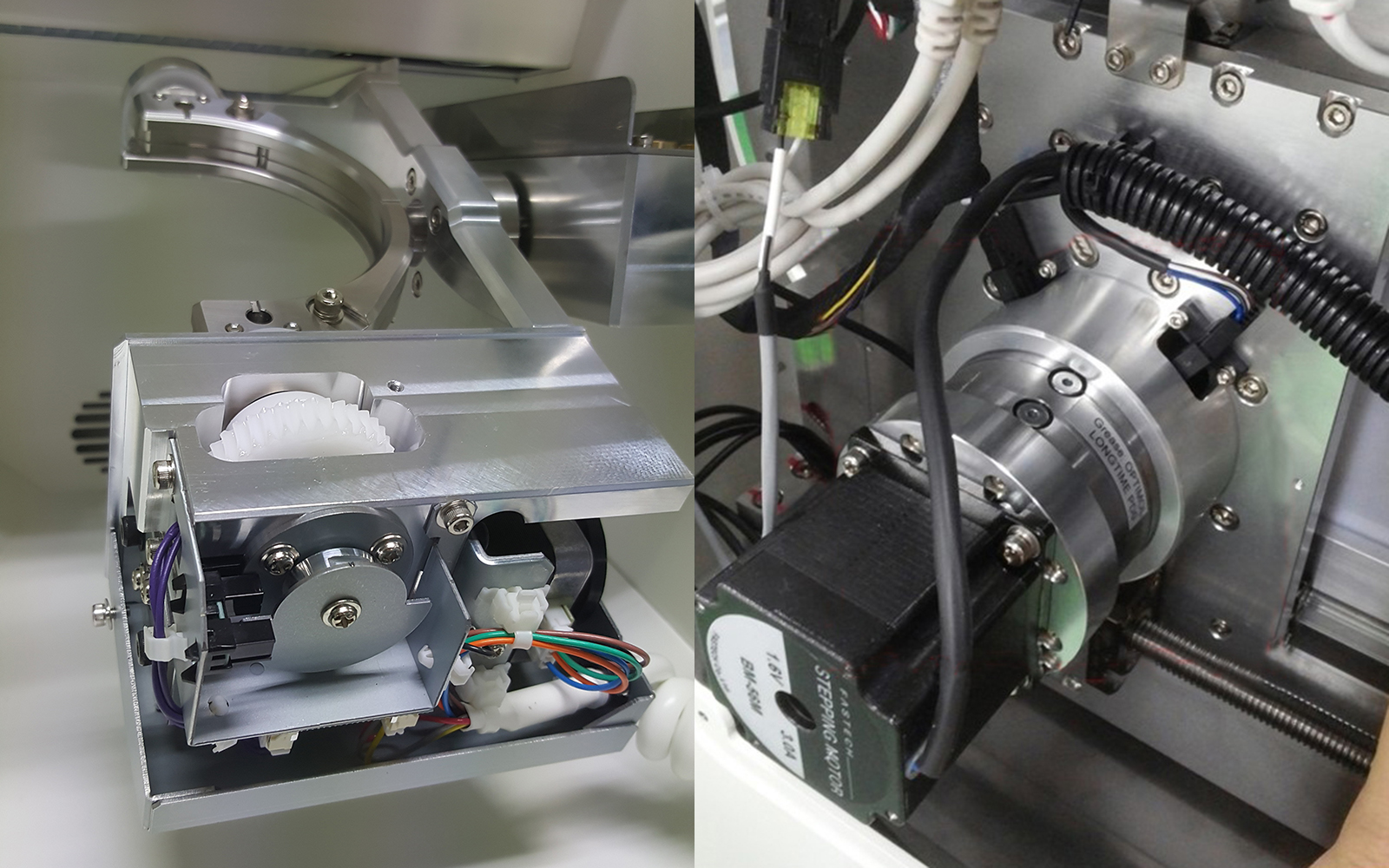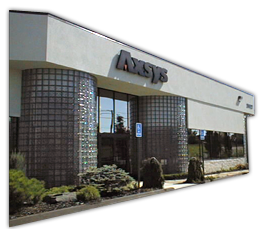Intelligent & fully automated 5-Axis processing provides greater accuracy, higher-quality finishes & reduced hand-finishing.
The Basics
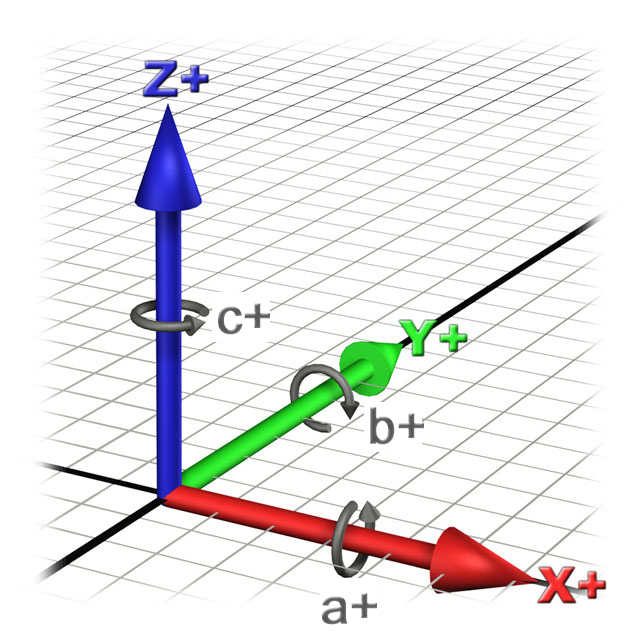 Generally Speaking, 5-Axis machining is a manufacturing process where computer numerically controlled axes moved in 5 ways are used to manufacture parts out of metal or other materials by milling away excess material. Typical CNC tools support translation in 3 axes; multi-axis or 5-axis machines also support rotation around one or multiple axes.
The number of axes for multi-axis machines varies from 4 to as many as 9. Each axis of movement is implemented either by moving the table (into which the workpiece is attached), or by moving the tool. The actual configuration of axes varies; therefore machines with the same number of axes can differ in the movements that can be performed.
Generally Speaking, 5-Axis machining is a manufacturing process where computer numerically controlled axes moved in 5 ways are used to manufacture parts out of metal or other materials by milling away excess material. Typical CNC tools support translation in 3 axes; multi-axis or 5-axis machines also support rotation around one or multiple axes.
The number of axes for multi-axis machines varies from 4 to as many as 9. Each axis of movement is implemented either by moving the table (into which the workpiece is attached), or by moving the tool. The actual configuration of axes varies; therefore machines with the same number of axes can differ in the movements that can be performed.
5-axis machining can be broken down into two different categories; full, simultaneous 5-axis machining and 3+2 5-axis machining.
Simultaneous Motion
In simultaneous 5-axis machining, the machine tool’s three linear axes (X, Y and Z) and two rotational axes (A and B) all engage at the same time to perform complex contour surface machining particularly important in the finish machining of undercut areas. There are many advantages of full 5-axis machining, all of which significantly impact finished product quality, productivity and profitability.
- Solution should detect undercut areas and generate smooth continuous motion
tool path in localized region. - Highly desirable for models and full-arch bridges.
Not all machines or CAM software support simultaneous 5-axis machining nor do all restorations require it.
Fixed Axis Motion
Fixed motion or 3 + 2 machining is a technique whereby a three-axis milling program is executed with the cutting tool locked in a tilted position using the five-axis machine’s two rotational axes, hence the name, 3 + 2 machining. It is also called “positional five-axis machining” because the fourth and fifth axes are used to orient the cutting tool in a fixed position rather than to manipulate the tool continuously during the machining process.
- Allows for the use of a shorter, more rigid cutting tools permitting faster feeds
and speeds with less tool deflection. - Common applications for 3 + 2 operations include roughing and other
aggressive high-speed machining techniques.
Capabilities Vary


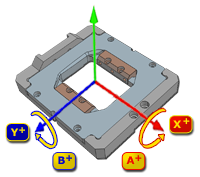 Beyond the type of 5-axis motion that is supported the effectiveness and resulting restoration quality and tool life are governed by drive construction characteristics (such as fixture configuration, rotary axis stack and gearing) as well as actual drive rotational limits.
Beyond the type of 5-axis motion that is supported the effectiveness and resulting restoration quality and tool life are governed by drive construction characteristics (such as fixture configuration, rotary axis stack and gearing) as well as actual drive rotational limits.
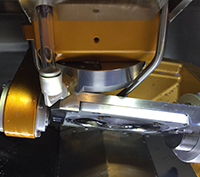 Generally, the two rotary axes that comprise a 5-axis machine are the A-axis, which rotates around the linear X-axis and the B-axis, which rotates around the linear Y-axis of a machine. Depending on configuration, one of the rotary axes should provide a full 360 degrees of rotation, while the other will be limited to an angular range. The limits of this rotational axis is governed by internal construction characteristics and in large part by part geometry and the machines external components such as; fixture configuration, coolant nozzles, spindle geometry, Z-axis head dimensions and the like.
Although a machine manufacturer my provide a specification for theoretical rotary axis operational range, in practical terms it is likely other elements will limit it actual range which may limit its use or in some cases, without sufficient CAM software collision detection or verification capability, result in machine, part and tool mechanical interference - potentially causing damage to all involved elements.
Generally, the two rotary axes that comprise a 5-axis machine are the A-axis, which rotates around the linear X-axis and the B-axis, which rotates around the linear Y-axis of a machine. Depending on configuration, one of the rotary axes should provide a full 360 degrees of rotation, while the other will be limited to an angular range. The limits of this rotational axis is governed by internal construction characteristics and in large part by part geometry and the machines external components such as; fixture configuration, coolant nozzles, spindle geometry, Z-axis head dimensions and the like.
Although a machine manufacturer my provide a specification for theoretical rotary axis operational range, in practical terms it is likely other elements will limit it actual range which may limit its use or in some cases, without sufficient CAM software collision detection or verification capability, result in machine, part and tool mechanical interference - potentially causing damage to all involved elements.
